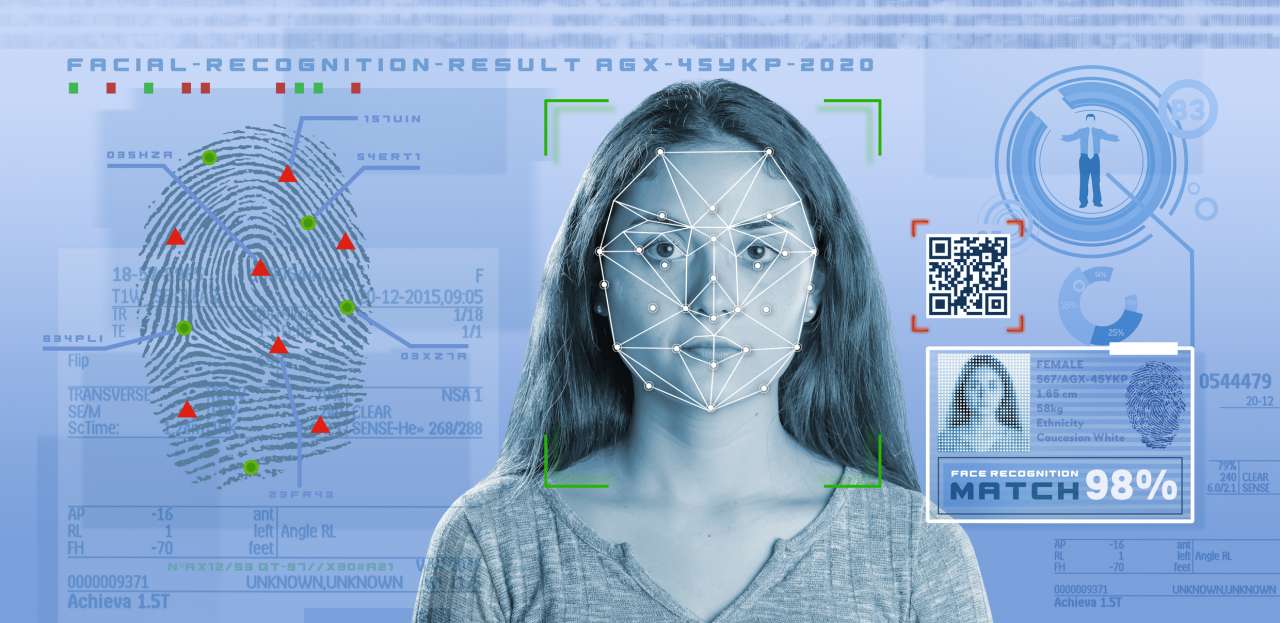The Department of Homeland Security (DHS) has confirmed that U.S. Customs and Border Protection (CBP) agents will collect biometric data from all non-citizens arriving in and departing from the USA. Starting December 26, 2025, U.S. border agents will photograph all visitors entering the country, and they may also ask some travelers to provide additional biometric data, such as fingerprints. The government will enforce the new rule at every entry point, including airports, seaports, and land ports. Over the next seven weeks, officials will install the new technology at all authorized points of entry and departure. The administration aims to enhance national security and reduce illegal crossings. Although the rule already existed, the new administration has updated and expanded it.
Key takeaways
DHS will be photographing every non-U.S. citizen arriving in or departing from the USA. That includes Green Card holders legally residing within the USA.
The new rule ends age exemptions. Border agents will only require children under 14 and individuals over 79 to provide fingerprints. They will do so only if they suspect fraud or an illegal border-crossing attempt.
The new rule seeks to save taxpayers’ money, protect U.S. citizens, and advance the implementation of a comprehensive entry-exit system. Officials expect to launch within the next 3–5 years.
How is the new rule different from before?
Biometric collection of foreigners has been happening for decades, so the new rules are more of an update rather than a new defense strategy. One of the significant differences is the removal of exemptions based on age. The DHS will be collecting biometric information from all travelers, aligning with international passport standards. Officials will take photographs in all cases. However, they will not ask children under 14 or adults over 79 to provide fingerprints or other biometrics. Border agents will only request data like iris scans or voice patterns if law enforcement requires it, for example during an illegal-entry attempt. The new rule aims to improve the technology further, save taxpayers’ money, and enhance personal and national security. DHS remains committed to not treating people differently based on any biological or physical characteristic, and nothing in the new rules authorizes officers to do so.
Why is the new DHS rule being implemented?
Biometric collection has been happening in the USA for two decades. The goal is to perfect the system. In 3–5 years, a biometric entry-exit system is fully implemented at all commercial points of entry. The DHS will retain collected records for up to 75 years. They believe is necessary to support the retention of biometrics of subjects of interest in immigration and border management, as well as law enforcement activities.
Purpose and benefits of the new biometric system
The new feature includes all foreigners, even Green Card holders, and is in place to prevent visa and Green Card fraud as well as to assist in law enforcement in the battle against child trafficking. The new rules are likely to help the government track seasonal workers and be aware when they overstay their visa. The government may transmit the collected biometrics to a new system called HART, which is currently in development.
Are there any privacy concerns with the government collecting such data on non-citizens?
Almost every country in the world collects some biometric data from travelers arriving in or departing the country. Biometric data points often end up in databases that, if not stored correctly, could hurt both civil liberties and state security, as no one, including governments, is immune to leaks. In 2008, a hacker organization stole and published a fingerprint of Wolfgang Schäuble, then the German Minister of the Interior, in a magazine. They even included a film fingerprint that people could then use to fool fingerprint readers. While the technology has advanced drastically over the years, experts warn that bad actors could misuse such data if it falls into the wrong hands.
Security benefits vs. privacy risks
The new administration appears to be very much focused on securing the country’s border and protecting its citizens. Any additional layer of security is welcomed, especially when the USA is playing catch-up to other countries when it comes to border security. While collecting such information presents privacy concerns, sharing biometric data when visiting any country is a standard practice. It helps governments stay safe and fight crimes such as child trafficking and identify fraud. On the other hand, privacy concerns are also valid, as such databases could be part of future mass-surveillance projects or the collected data could be used maliciously if it falls into the wrong hands.
